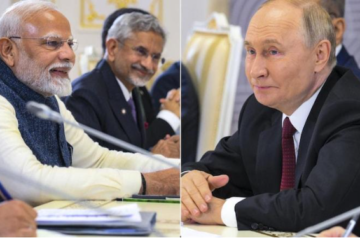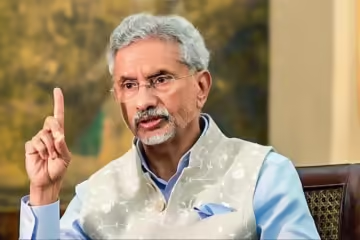India Remains Second Largest Importer of Russian Oil After China

In July, India, the world’s third-largest oil consumer and importer, purchased $2.8 billion worth of crude oil from Russia. This places India as the second-largest importer of Russian oil, trailing only China, according to a new report.
After European countries reduced their purchases of Russian oil following the invasion of Ukraine in February 2022, Russia offered significant discounts, making it an attractive source for India. Previously, Russian oil made up less than 1% of India’s imports, but now it accounts for nearly 40% of the country’s total oil purchases.
China remains the largest buyer of Russian oil, accounting for 47% of Russia’s crude exports. India follows with 37%, while the EU and Turkey purchase 7% and 6%, respectively, as reported by the Centre for Research on Energy and Clean Air (CREA).
In addition to oil, China and India are major buyers of Russian coal. From December 5, 2022, to the end of July 2024, China purchased 45% of Russia’s coal exports, while India bought 18%. Other significant buyers include Turkey (10%), South Korea (10%), and Taiwan (5%).
In July, China led the way in buying Russian fossil fuels, accounting for 43% of Russia’s export earnings from the top five importers. Crude oil made up 63% of China’s imports from Russia. Despite this, China’s total seaborne crude imports fell to their lowest level since February 2023, and imports from Russia also dropped, possibly due to reduced refinery margins and low fuel demand.
India was the second-largest buyer of Russian fossil fuels in July, with crude oil making up nearly 80% of its $2.86 billion worth of imports. India relies heavily on imports for its oil needs, spending $11.4 billion in July alone for 19.4 million tonnes of crude oil.
The discount on Russian Urals grade crude widened in July, with a $16.76 per barrel discount compared to Brent crude oil. Discounts on ESPO and Sokol blends were more stable at $4.23 and $6.11 per barrel, respectively.
CREA noted that in July, 36% of Russian crude oil was transported by tankers subject to an oil price cap introduced by the US and Western nations. The remaining 64% was shipped by “shadow” tankers, which evade the cap’s restrictions. These shadow tankers, often older and with opaque ownership, are difficult to monitor and circumvent Western regulations.
The reliance on shadow tankers has increased, impacting the effectiveness of the price cap in limiting Russia’s oil revenue. CREA suggests that sanctioning countries should consider banning the sale of old tankers to owners in countries that do not enforce the oil price cap policy to curb the growth of these shadow fleets.















